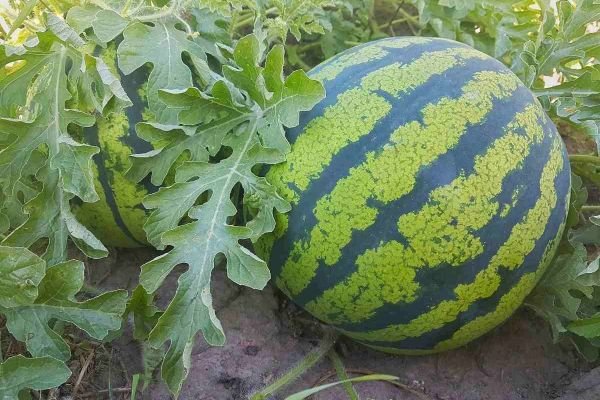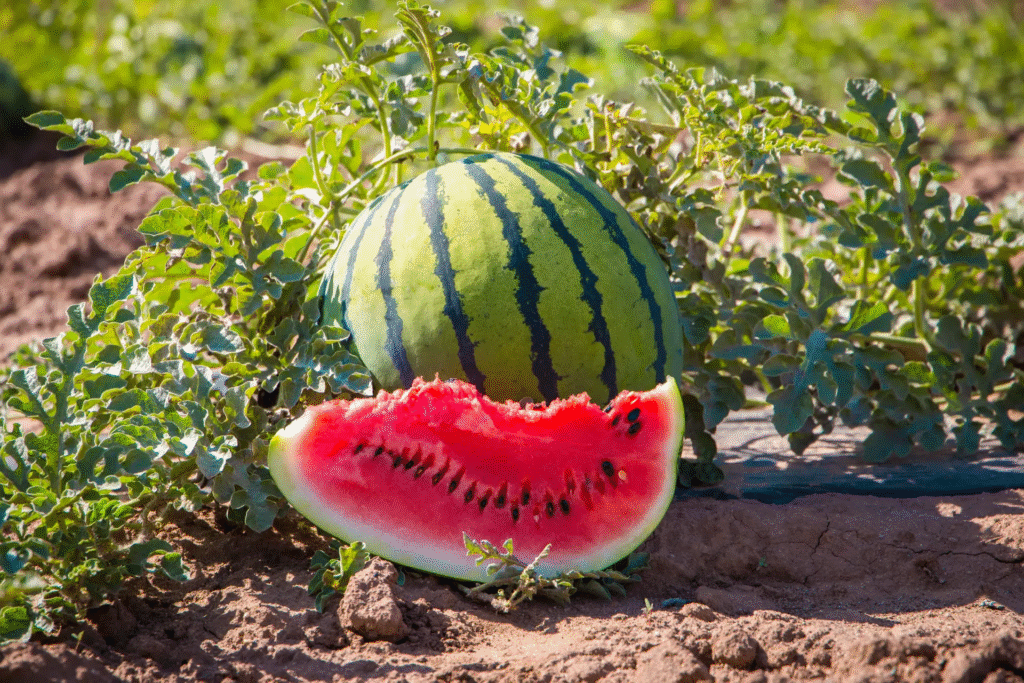
The Complete Guide to Raising Watermelons in Your Backyard
Watermelons are among the most gratifying fruits to raise in a home garden. Their sweet, juicy pulp is a summer pleasure, particularly with families that have children who just gobble up fruit. Having your own watermelons saves money, and besides, you get the best, freshest, and most delicious produce available.
In this complete guide, we’ll touch on everything you’ll need to know to grow watermelons—selecting the best varieties, planting them, tending your vines, and harvesting them at the perfect ripeness.
Why Grow Watermelons?
Watermelons (Citrullus lanatus) belong to the family Cucurbitaceae, which also comprises cucumbers, pumpkins, and squash. They are warm-climate crops and, with proper conditions, are incredibly easy to cultivate.
Advantages of Growing Your Own Watermelons
Budget-friendly – Homemade watermelons can be pricey, particularly organic ones.
Improved taste – Homemade watermelons taste sweeter and more juicy than store-bought ones.
Engaging for children – Cultivating watermelons is an excellent way to involve children in gardening.
Seed saving – In case you have heirloom types, you can save the seeds for the next year.

Selecting the Right Watermelon Variety
Two are the major kinds of watermelons: seeded and seedless. Both of them have their advantages and disadvantages.
1. Seedless Watermelons
Advantages: No spitting seeds, perfect for snacks and salads.
Disadvantages: More difficult to grow, need a pollinator variety in close proximity.
Popular varieties:
Sugar Baby – Small, early-producing (75-80 days), sweet red flesh.
Crimson Sweet – Disease-resistant, large melons with high sugar content.
2. Seeded Watermelons
Advantages: Easy to grow, more variety choices, better for seed saving.
Disadvantages: Do contain seeds (although some people enjoy spitting contests!).
Popular varieties:
Charleston Gray – Large, oblong melons with sweet, crisp flesh.
Moon and Stars – Distinctive speckled rind, yellow or red flesh.
Jubilee – Long, striped melons with deep red, ultra-sweet flesh.
Beginners will find that seeded varieties are generally the best option because they’re more dependable.

How to Grow Watermelon from Seed
1. Starting Seeds Indoors (Recommended for Cooler Climates)
Begin seeds 2-3 weeks prior to the last frost date.
Utilize peat pots to prevent root disturbance when transplanting.
Sow seeds 1 inch deep in seed-starting mix.
Keep the soil damp but not waterlogged.
Give lots of light (growing lights or sunny windowsill).
2. Direct Sowing (Ideal for Hot Climates)
Wait until at least 70°F (21°C) in the soil.
Sow seeds 1 inch deep and 2-3 feet apart in rows 6 feet apart.
Water thoroughly and keep the soil consistently moist for optimal germination.
Transplanting Watermelon Seedlings
After seedlings have 1-2 sets of true leaves and outdoor temperatures are reliably warm, transplant them:
Harden off seedlings by gradually introducing them to outdoor conditions.
Plant in highly amended soil using compost or aged manure.
Space plants 3-5 feet apart (more for larger varieties).
Don’t plant too deeply—maintain the same soil level as in the pot.
Ideal Growing Conditions for Watermelons
1. Soil Requirements
pH: 6.0–6.8 (slightly acidic to neutral).
Texture: Well-draining, rich in organic matter.
Amendments: Incorporate compost, aged manure, or a balanced organic fertilizer prior to planting.
2. Sunlight
Watermelons require full sun (8+ hours daily).
3. Watering
Deep, but infrequent watering is optimal (1-2 inches/week).
Steer clear of overhead watering to avoid fungal infections.
Water less as fruit ripens to enhance sweetness.
4. Mulching & Weed Control
Apply black plastic mulch to heat up soil, conserve moisture, and suppress weeds.
Straw mulch is also effective but doesn’t heat soil as much.
Training Watermelon Vines (Optional)
If you have limited space, you may grow watermelons vertically:
Use sturdy trellises to prop up vines.
Make slings or hammocks (from used T-shirts or mesh bags) to cradle heavy fruits.
Common Watermelon Pests & Diseases
1. Pests
Cucumber beetles – Cause disease spread; manage with row covers or neem oil.
Aphids – Encourage ladybugs to visit or spray with insecticidal soap.
Squash bugs – Hand remove or use diatomaceous earth.
2. Diseases
Powdery mildew – White fungal patches; enhance air circulation.
Fusarium wilt – Yellowing leaves; rotate crop and plant resistant varieties.
Bacterial fruit blotch – Do not water with overhead irrigation to avoid spreading.
When and How to Harvest Watermelons
Signs a Watermelon is Ripe:
Tendril drying – Brown curly tendril near the stem.
Dull sound – Deep, hollow thump when struck.
Yellow ground spot – Bottom changes from white to yellow.
Skin texture – Rind becomes hard and impenetrable.
Harvesting Tips:
Cut the stem using pruners or a sharp knife (don’t pull or twist).
Handle gently to prevent bruising.
Store uncut watermelons at room temperature for optimal flavor.
Storing & Using Watermelons
Whole watermelons keep 7-10 days at room temperature or 2-3 weeks in the refrigerator.
Cut watermelon must be stored in the refrigerator and consumed within 3-4 days.
Freeze chunks for smoothies or prepare watermelon sorbet.
Final Thoughts
Growing watermelons is a great and satisfying experience, and there’s nothing quite like biting into that first sweet slice from your own backyard. With the right type, good care, and a bit of patience, you can have a bountiful harvest all summer long.
Ready to get started? Get some seeds, ready your garden, and get growing!
